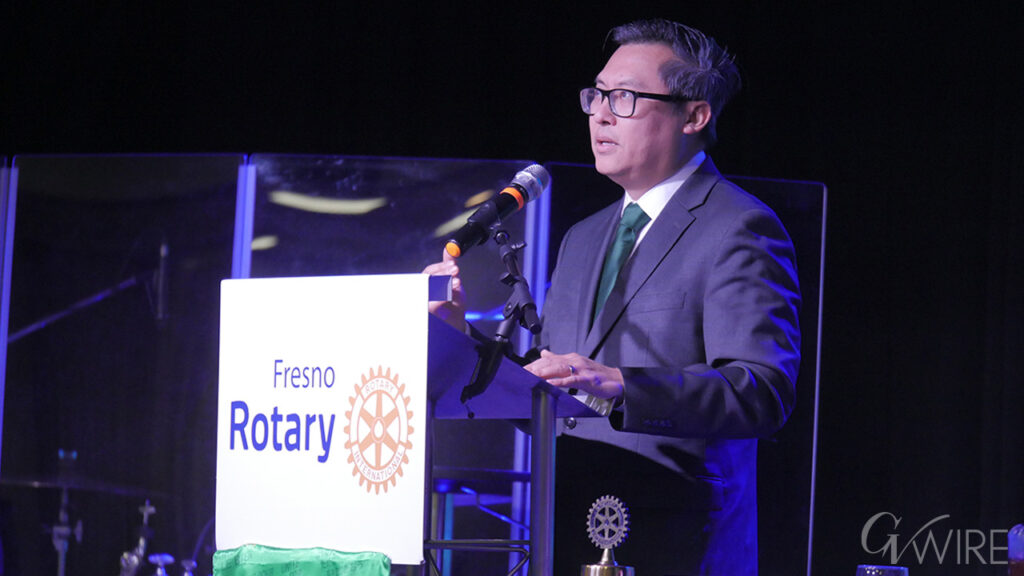Share
WASHINGTON — Taking whatever steps he can to galvanize the economy, President Joe Biden plans to sign an executive order Monday to boost government buying from U.S. manufacturers as he begins the negotiation process with Congress over a $1.9 trillion stimulus package.
The executive order is among a flurry of moves by Biden during his first full week to publicly show he’s taking swift action to heal an ailing economy. Biden’s aides have hammered the talking points that the country is in a precarious spot and relief is urgently needed.
But Monday’s order will likely take 45 days or longer to make its way through the federal bureaucracy, during which time wrangling with Congress could produce a new aid package. That would be a follow-up to the roughly $4 trillion previously approved to tackle the economic and medical fallout from the coronavirus.
Biden’s team held a call Sunday to outline the stimulus plan with at least a dozen senators, while the president has also privately talked with lawmakers.
An administration official, insisting on anonymity to discuss private conversations, said Sunday’s call was constructive and gave Biden’s team a chance to explain details of the proposal to lawmakers. Among the features of the stimulus plan are a national vaccination program, aid to reopen schools, direct payments of $1,400 to individuals and financial relief for state and local governments.
“There’s an urgency to moving it forward, and he certainly believes there has to be progress in the next couple of weeks,” White House press secretary Jen Psaki said Monday. She warned that action needed to be taken before the U.S. reaches an “unemployment cliff” in March, when long-term unemployment benefits expire for millions of Americans.
But Republicans on Capitol Hill were not joining in the push for immediate action.
One key Republican, Sen. Susan Collins of Maine, said after Sunday’s call, “It seems premature to be considering a package of this size and scope.” Collins described the additional funding for vaccinations as useful while cautioning that any economic aid should be more targeted.
Biden Is Trying to Take Steps to Shape the Economy Without Having to Wait on Congress
Psaki said Monday that the process was designed to get feedback from lawmakers, emphasizing that the goal is bipartisan agreement and there needs to be progress in the next several weeks ahead of March.
“In our view, this is working exactly as it should work,” Psaki said. “We don’t expect the final bill to look exactly the same as the first bill he proposed.”
But Biden is trying to take steps to shape the economy without having to wait on Congress. His Monday order aimed at increasing factory jobs, which have slumped by 540,000 since the pandemic began last year.
Biden’s order would modify the rules for the Buy American program, making it harder for contractors to qualify for a waiver and sell foreign-made goods to federal agencies. It also changes rules so that more of a manufactured good’s components must originate from U.S. factories. American-made goods would also be protected by an increase in the government’s threshold and price preferences, the difference in price over which the government can buy a foreign product.
It’s an order that channels Biden’s own blue collar persona and his promise to use the government’s market power to support its industrial base, an initiative that Donald Trump also attempted with executive actions and import taxes.
“Thanks to past presidents granting a trade-pact waiver to Buy American, today billions in U.S. tax dollars leak offshore every year because the goods and companies from 60 other countries are treated like they are American for government procurement purposes,” said Lori Wallach, director of Public Citizen’s Global Trade Watch and a critic of past trade agreements.
While Trump also issued a series of executive actions and tariffs with the goal of boosting manufacturing, what he didn’t attempt to do was rewrite the guidance for what constitutes a U.S.-made component or tighten the process for granting exemptions to buy foreign goods, a key difference from Biden’s agenda, said an administration official who insisted on anonymity to discuss the forthcoming announcement.
The order also has elements that apply to the separate Buy America program that applies to highways and bridges. It aims to open up government procurement contracts to new companies by scouting potential contractors. The order would create a public website for companies that received waivers to sell foreign goods to the government, so that U.S. manufacturers can have more information and be in a more competitive position.
Past presidents have promised to revitalize manufacturing as a source of job growth and achieved mixed results. The government helped save the automotive sector after the 2008 financial crisis, but the number of factory jobs has been steadily shrinking over the course of four decades.
The number of U.S. manufacturing jobs peaked in 1979 at 19.5 million and now totals 12.3 million, according to the Labor Department.



















